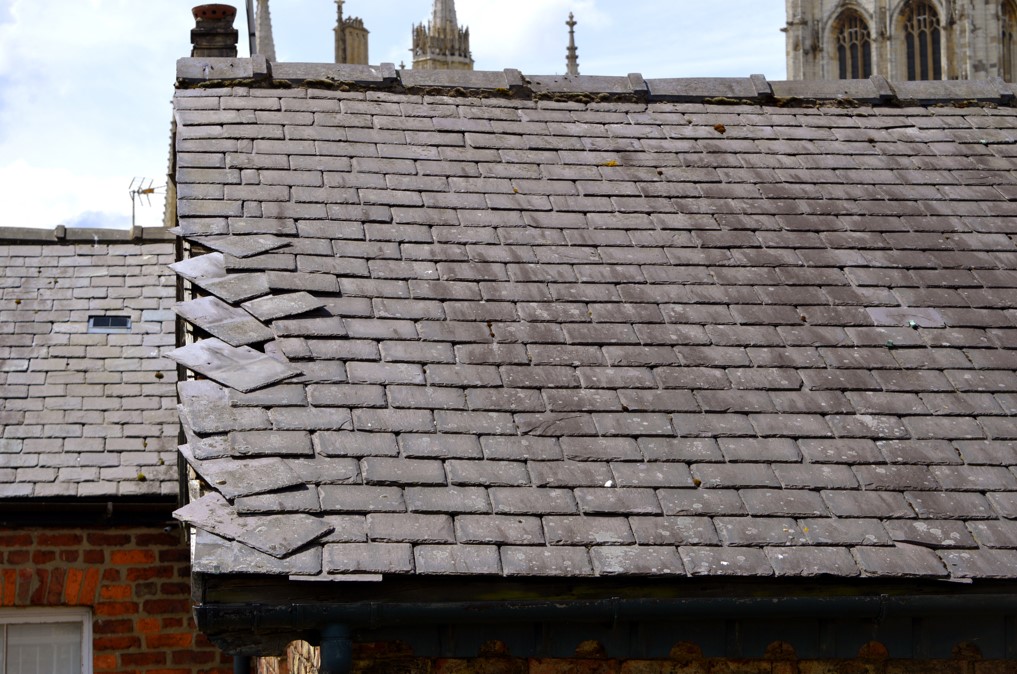Thunderstorms that bring high winds and hailstones can wreak havoc on your roof, causing thousands of dollars in damage. Following a severe storm, take the following steps to ensure that your roof is safe and solid.
Conduct a Visual Inspection
Once the storm has passed, go outside and scan your roof for loose and damaged shingles. Also, inspect your roof gutters and downspouts.
However, not all storm damage will be visible in the form of torn shingles. If you can access the attic or crawlspace, also inspect under the roof for signs of water leakage. Also, look for any water stains on the interior ceilings. If you see any drips or water stains, you have roof damage.
Document the Damage
If you do find signs of roof damage, take pictures and document them for your homeowner’s insurance. Also, make sure to discuss with your insurance agent what is and isn’t covered. Your insurance company will likely send out an independent adjuster, to assess the damage and place a monetary value on it. They may also recommend a roofing contractor to do the work.
Hire a Roofing Contractor
You can go with the roofing contractor recommended by your insurance agent, or hire someone else. However, you must hire a licensed and insured roofing contractor. Be sure to do a little research before hiring a roofer, by reading online reviews. Certain companies, like Dana Logsdon Roofing, know that this is an incredibly important step. You also want to make sure the roofing contractor can work within the amount that your insurance company has assessed.
Undoubtedly, your roofing contractor will follow up on the adjustor’s inspection on their own. They may find additional problems that should be addressed. However, it’s ultimately up to you whether or not to have minor, non-critical issues fixed. But, it pays in the end to have all of the issues affecting your roof fixed, to guard against severe damage the next time a storm rolls in.
Upgrade Your Roof
If your roofing is old or has sustained a lot of damage, consider upgraded roofing. For example, metal roofing is more resistant to storm damage, especially damage that involves hail and snow. If you can’t go with a metal roof, look into higher-quality shingles. Modern asphalt shingles come in several grades, the highest of which can withstand high winds and impact from objects, including hailstones and fallen tree branches.
While roof damage can cause a homeowner a lot of stress, it can also present an opportunity to upgrade your roofing. This not only prevents future storm damage but also improves the curb appeal of your home.

